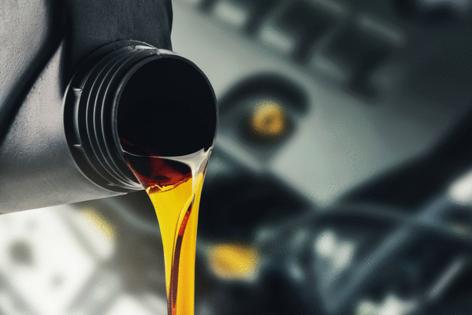Motormouth: Which type of oil?
Published in Automotive News
Q: My last two oil changes were with synthetic oil, but they mistakenly put conventional in this time. I had used conventional oil when I bought the car with 35,000 miles; it now has 84,000. They offered to drain it, but I said, how about make it good next time. Any problems switching over?
B.G., Colorado Springs, Colorado
A: There’s no problem switching from conventional to synthetic oil or vice versa. No undue wear or damage will result. In fact, semi-synthetic oil is a blend of the two.
Q: I have a 1991 Firebird with a 305 CID, V-8 engine. It has an exhaust manifold leak. My mechanic suggested, “let’s keep an eye on it,” but I am inclined to have it repaired sooner rather than later for safety reasons. Both manifolds appear to be heavily rusted. Should I replace just the gaskets or gaskets and manifold? Should I have both manifolds repaired or replaced? Is there any other work you would recommend doing as well?
J.F., Macungie, Pennsylvania
A: Unless the manifolds are cracked or warped, and they likely are not, just replace the gaskets. The cast iron exhaust manifolds on older cars develop surface rust from almost the moment you drive the car off the lot.
Q: I enjoy your responses and look forward to one about this situation. I love my rust-free 1992 Dodge Dakota that in its 33 years has only racked up some 125,000 miles. It probably now costs more to keep it going than it’s worth, but I really love my truck and the admiring looks when on the street. Occasionally, when I start it, the revs will run up to about 3,500 and then quickly drop down to zero and die. Sometimes it will start OK but cough, stutter and backfire when the accelerator is pushed. A restart usually clears the problem but sometimes requires 2 to 5 tries. Throttle body cleaning was suggested and that didn’t help much. Show me your magic.
G.W., St. Anne, Illinois
A: Clean or, better yet, replace the idle air control valve. Abracadabra.
Q: I have a couple of manual tire gauges that read the same, but when I check my auto's tires, they read 2 or 3 PSI different from my dashboard PSI tire readings. Which should I go by when I check my tire pressure?
R.M., Chicago
A: Manual tire gauges are usually quite accurate, and I would consider yours withing the margin of error. But I will accept the digital readout on the instrument panel as most accurate. The difference between those two readings is marginal.
Q: I'm having the same problem with my 2018 RAV4 as I had on my 2013 RAV4. The driver side molding on top comes loose easily, especially after a car wash. I tucked it back in, but it comes out again. The dealer told me it would cost more than $500 to replace both sides. Is this molding even needed? Could I just pull the whole thing out to avoid the hassle of it? Or would super glue be an option to keep it in place, or duct tape for that matter? (I'm kidding about the duct tape.)
S.T., Roseville, Minnesota
A: I rely on 3M automotive weatherstrip adhesive. I never use tape on my duck.
©2024 Tribune Content Agency, LLC.







Comments